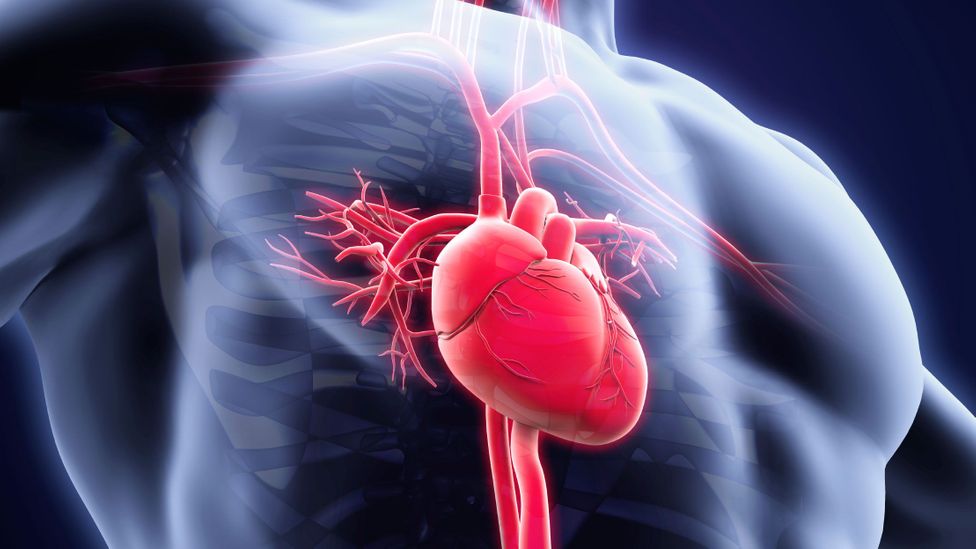
The human heart is a muscular organ responsible for blood circulation throughout the body. It has four chambers: the right and left atriums, the right and left ventricles, and the left ventricle. Blood enters the heart through the atria and is pumped into the ventricles, which circulate throughout the body.
If you have a medical concern or are experiencing symptoms, it is always best to consult your doctor at Prism Health Labs. They can provide an accurate diagnosis and recommend appropriate treatment based on your needs and medical history. It is important to prioritize your health and seek professional medical advice.
Below are five things that you did not know about the human heart:
- The heart beats about 100,000 times a day
The human heart beats about 100,000 times a day, which indicates its important role in maintaining circulation and delivering oxygen and nutrients to the body’s tissues. The heart’s constant beating helps ensure that the body’s vital organs receive a continuous blood supply and can function properly. This also helps to remove waste and carbon dioxide from the body’s tissues. The heart’s rhythmic beating is a key factor in maintaining good health and well-being.
- The heart has its electrical system
The human heart has an electrical system known as the intrinsic conduction system. This system controls the heartbeat and helps regulate the heart rate. It consists of specialized cells called pacemaker cells that generate electrical impulses, which then travel through the heart to coordinate the contraction of the heart’s muscle fibers.
- The heart can create enough pressure to squirt blood up to 30 feet
The human heart can create enough pressure due to its muscular strength and the force it generates with each contraction. The heart’s powerful contractions push blood out of the heart and into the arteries, which then distribute the blood throughout the body. The strength of the heart’s contractions is regulated by the autonomic nervous system, which helps ensure that the heart beats at an appropriate rate and with the right force to meet the body’s changing needs.
- The heart can grow in size, a condition called “athlete’s heart
The term “athlete’s heart” refers to the increase in size and strength of the heart caused by physical activity and endurance training. The heart grows in size in response to the increased demand for blood flow, allowing it to pump more with each heartbeat.
For athletes, this adaptation is considered normal and beneficial. However, it’s important to note that an enlarged heart can also be a sign of a medical condition, so any changes in heart size or function should be evaluated by a healthcare professional.
- The heart can beat differently for each person
the heart rate and rhythm can be unique to each person and vary based on factors such as age, fitness level, medical conditions, and medications. A healthy heart rate can range from 60 to 100 beats per minute at rest, but some individuals may have a slower or faster heart rate that is still considered normal. Abnormal heart rhythms, called arrhythmias, can also occur and may require medical treatment.
Wrapping Up
The heart can adapt and change in response to various factors such as physical activity, age, medical conditions, and medications. An increase in size, called cardiac hypertrophy, can occur due to physical activity and endurance training and is known as “athlete’s heart.” Each person’s heart rate and rhythm can be unique and vary based on individual factors.






More Stories
Maximizing Convenience: The Benefits of Storage Trailer Rental and 24/7 Access Self Storage Units
Choosing the Right Garage Door Repair Service: Factors to Consider
3 Signs Your Drain Field Needs Professional Repair Services